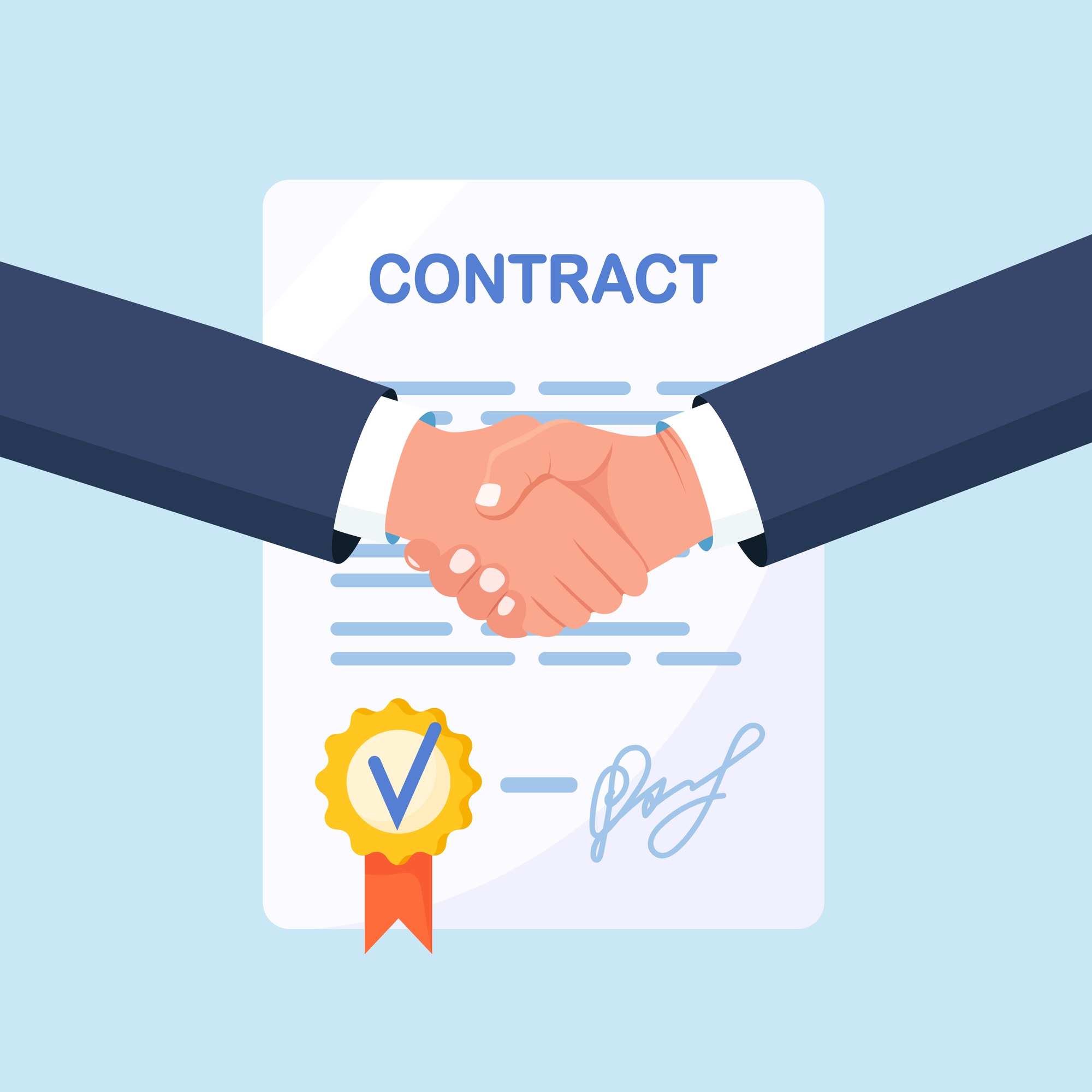Why Businesses Must Adapt to Real-Time Market Conditions

Organizations live in the age of the connected customer, and these digital-era customers and their expectations are spurring change at an unprecedented rate. Brands face increased pressure to provide seamless, engaging buying experiences, driven in large measure by the "Amazon Effect." This new generation of buyers expects an easy and instant path to purchase, regardless of where or how they shop.
In the digital era, buyers also have added criteria as they search for products, with visibility to price and availability at the top of the list. They also expect a range of choices and recommendations to help quickly identify the solution that best meets their requirements and are armed with unprecedented levels of product information as they access vast sources of research and reviews.
Just as consumers now expect higher levels of engagement through the buying experience, it is no surprise that businesses are also following suit. Research by the Corporate Executive Board (CEB) finds that today's B2B buyers are 57 percent through their buying cycles and evaluations before even engaging with a vendor.
This new era of digital business has forever changed the B2B buying landscape. As a result, businesses require strategies that can enable the same experiences B2B buyers demand. In fact, as ecommerce strategies and customer relationship management (CRM) systems adapt to these changes, the inability for companies to dynamically price at market speed remains the biggest obstacle to realizing a modern commerce strategy. With buyers demanding frictionless experiences, a modern commerce approach can help businesses respond in real-time by creating smoother, more personalized digital interactions.
As part of a modern commerce strategy, businesses have begun to implement dynamic pricing science, a technology powered by algorithms and context-aware, machine-guided learning that enables companies to make better, more strategic pricing decisions. The technology allows companies to meet customer demands - whether they are B2B or consumer buyers - through price optimization that delivers personalization, and enables dynamic pricing at market speed through an automated response to both supply and demand market factors.
B2B retailers use personalization quite frequently through offer optimization, presenting customers with recommendations they think would be a fit. This data, however, typically isn't customized enough to influence buying decisions. Businesses need market data such as price sensitivity, product quality and past transactions to cater to individual customers. Willingness to pay - including price sensitivity, experience with a brand and peer pressure - can also contribute to the transaction experience. Businesses that use technology that calibrates based on the nature of purchase behaviors and requests can provide customers with the right offers and recommendations at the right time.
With dynamic pricing science, businesses have the ability to provide customers with a broader range of options:
- Ensure Speed - Modern commerce moves at breakneck speed, which means businesses need to respond to customers with precision and consistency across all channels. Static, outdated pricing that was once designed to protect margins today means lost revenue. Dynamic pricing science delivers what modern commerce requires - speedy, financially sound deals that are consistent across channels.
- Create the Right Offers - By treating each buyer as a "segment of one," companies can create the right offer for the right customer at the right time with contextual accuracy. Personalized, customized offers - based on the intelligence gained from algorithmic analyses - create more impact in competitive market segments.
- Efficiently Deliver Pricing to the End Customer - Optimized pricing can only be effective if it is consistent across all direct and indirect sales channels. It is essential that businesses provide a consistent sales experience no matter where or how customers buy.
- Track and Analyze - Companies need systems to assess hundreds and thousands of internal and external factors and data points to create the deepest segmentation, understand customer buying patterns and identify meaningful correlations.
Today's buying market is experiencing an unprecedented rate of change. If businesses expect to maintain a competitive advantage, they must adapt and do so quickly.
In this new digital area, where customers demand transparent, personalized and omnichannel buying experiences - whether they're purchasing airline tickets, clothing for themselves or a product for their companies - businesses must be agile enough to shift in real-time to dynamic market conditions with algorithmic pricing that leverages artificial intelligence and big data. Companies that embrace these expectations will improve customer experiences and drive profitable growth that puts them ahead of their competition. And without question, companies that don't adapt will be left behind by competitors that do.
About the Author
Loretta Faluade serves as PROS Senior Product Marketing Manager for the company's SellingPRO solutions, which enable manufacturing, distribution and services companies to provide a modern commerce experience for their customers. She is responsible for go-to-market strategy development and positioning for the PROS Smart CPQ, ecommerce, and Deal Desk editions.
Subscribe to Our Newsletter!
Latest in Software








